With auto insurance there are lots of different risks, just as there are many different types of coverage available relating to those risks. If you’re found responsible for an auto accident that causes property damage, physical injury or death to a third party, the liability part of your policy is what pays the claim to those affected third parties. Liability coverage is required in nearly all of the 50 states. Here are some other, optional types of car insurance coverage, each designed to deal with a different type of insurance risk:
- If your car is stolen, catches fire or is crushed by a large tree while parked, your comprehensive coverage comes into play, if you’ve opted to include comprehensive coverage in your policy.
- Collision coverage is what pays if you’re involved in a collision that’s your fault. If another party is held responsible, their legally required liability coverage should help pay for your damage.
- Uninsured (UM) and underinsured motorist coverage is meant to pay benefits to you when a third party causes the accident in which you’re involved and they have either no or too little liability insurance to pay for your damages. UM insurance is required in 23 states.
- Medical payments/personal injury protection (PIP) coverage helps pay your medical, funeral costs or lost wages after a car accident, no matter who’s found to be at fault.
Homeowner’s Insurance Risk
There are plenty of risks involved in home ownership, some of which may not even be known until a comprehensive insurance inspection is conducted. In fact, the primary purpose of a home insurance inspection is to uncover and declare each and every insurance risk found on a property. For those that can be eliminated, such as inoperable smoke detectors, out of date fire extinguishers or damage to the front sidewalk that poses a trip and fall potential you, as the insurer, may require the homeowner to fix these problems to eliminate the risks.
There are some uncontrollable insurance risks to which most homes are susceptible, and a standard homeowner’s insurance policy protects against many of these. Typically, 16 insurance risks are covered, including fire, wind damage, theft, vandalism, lightning strikes and more. Homeowner’s insurance policies also contain liability coverage, which protects you from the effects of being found to have caused property damage, physical injury or death to a third party while on your property.
Writing Homeowner’s Insurance
The greater number of risks that you, as the insurer, agree to underwrite, the more comprehensive the policy you’re writing will be and the more expensive the cost. It’s to your advantage to know the many risks you’re dealing with when figuring whether or not it makes good sense to insure a particular property and, if it does make sense, how much to charge for the coverage. Insurance Risk Services (IRS) are specialists at providing data relating to property insurance risk utilizing a complete range of inspection services and field underwriting support. This includes expert personal attention and speedy response times. Contact Insurance Risk Services for more information today.


